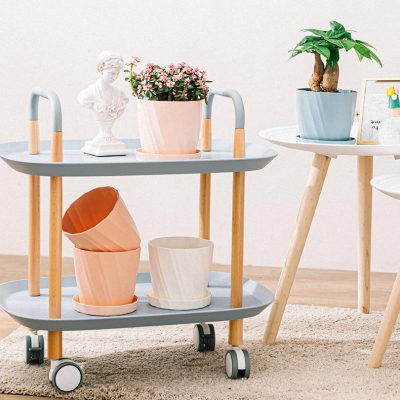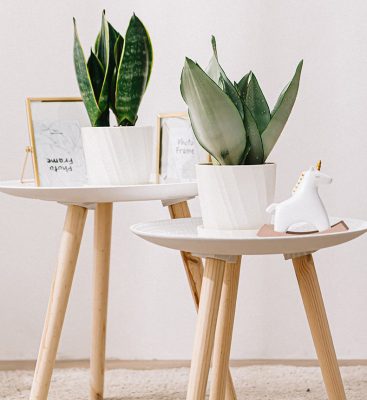To maximize plant health and growth in plastic pots, it’s important to implement certain techniques and practices. Here are some essential tips:
- Proper Drainage: Ensure that plastic pots have drainage holes at the bottom to allow excess water to escape. This helps prevent waterlogged conditions that can lead to root rot. If the pot doesn’t have drainage holes, create them yourself using a drill or hot nail.
- High-Quality Potting Mix: Use a well-draining and nutrient-rich potting mix specifically formulated for container gardening. Avoid using garden soil, as it can be heavy and may not provide adequate drainage. A good potting mix promotes healthy root development and allows for proper air circulation.
- Watering Consistently: Monitor the moisture level of the potting mix and water your plants as needed. Avoid overwatering, which can suffocate the roots and lead to fungal diseases. Water thoroughly until the excess water drains out of the bottom of the pot, and allow the top inch or two of the potting mix to dry out before watering again. The frequency of watering may vary depending on the plant’s specific needs, environmental conditions, and pot size.
- Fertilizing Regularly: Provide nutrients to your plants by fertilizing them regularly. Choose a balanced fertilizer or a formulation specifically designed for the type of plants you’re growing. Follow the manufacturer’s instructions for application rates and frequency. Over-fertilization can harm plants, so it’s important to follow proper dosages.
- Adequate Light Exposure: Place your plastic pots in a location that receives the appropriate amount of sunlight or artificial light for the plant species you’re growing. Most plants require several hours of direct or indirect sunlight each day. Adjust the positioning of the pots as needed to ensure optimal light exposure.
- Pruning and Trimming: Regularly prune and trim your plants to promote bushier growth, remove dead or diseased foliage, and maintain a desirable shape. This encourages better air circulation and prevents overcrowding, which can lead to disease development.
- Repotting as Needed: As your plants grow, they may outgrow their current plastic pots. When you notice the roots becoming crowded or water draining too quickly, it’s time to repot them into larger pots. Choose a pot that provides ample room for root growth and use fresh potting mix during repotting.
- Pest and Disease Control: Monitor your plants for any signs of pests or diseases and take appropriate action promptly. Regularly inspect the leaves, stems, and soil surface for any abnormalities or insect activity. Implement integrated pest management practices to control pests effectively and use organic or appropriate chemical treatments when necessary.
- Protection from Extreme Temperatures: Plastic pots can heat up quickly in direct sunlight, potentially damaging plant roots. During hot weather, consider placing the pots in a shaded location or using shade cloth to provide some protection. In cold weather, protect the plants from frost by moving them to a sheltered area or using frost covers.
- Regular Maintenance: Regularly clean your plastic pots to remove debris, dead leaves, and any potential sources of pests or diseases. Sterilize pots before reusing them to prevent the spread of pathogens. Inspect the pots for cracks or damage and replace them if needed.
By following these techniques, you can optimize plant health and growth in plastic pots. Remember to provide proper drainage, use quality potting mix, water and fertilize appropriately, ensure adequate light exposure, and address pests and diseases promptly. With proper care, your plants will thrive and flourish in their plastic pots.








